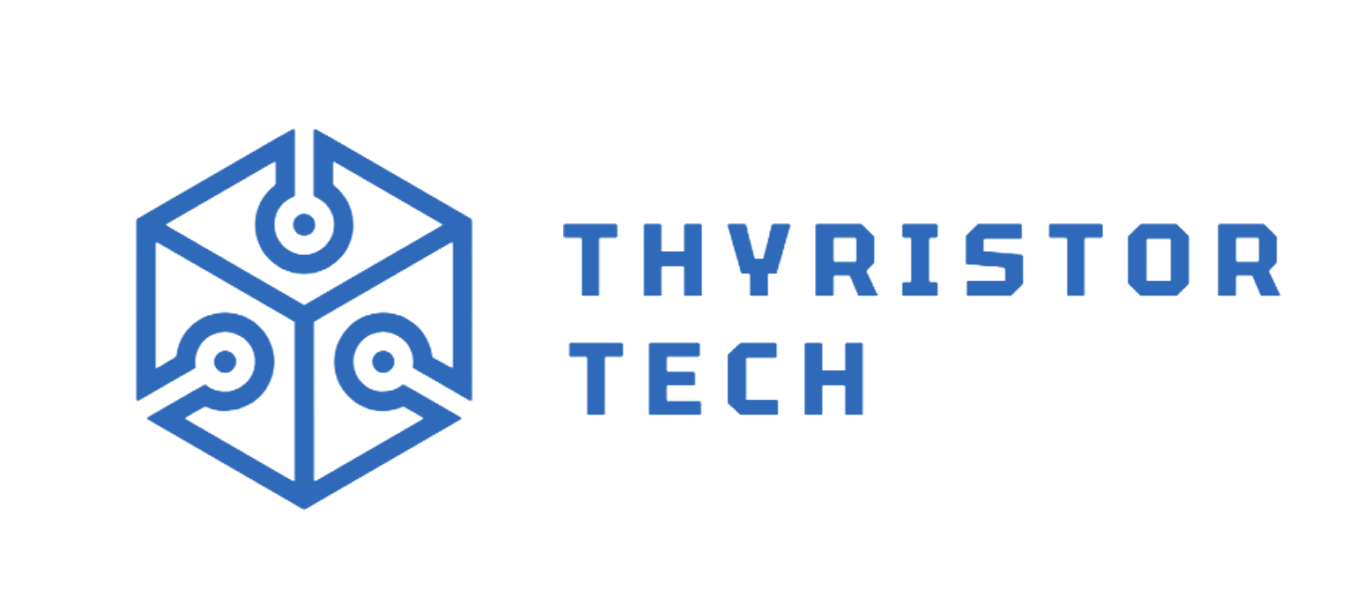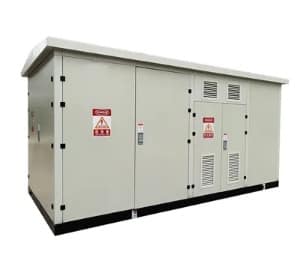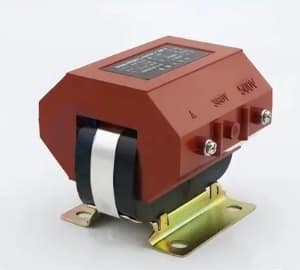Electronic Components Supplier | Transformers, Inductors, Inverters
Transformer winding wire serves as the critical circulatory system within electrical transformers, enabling efficient energy transfer through electromagnetic induction. As global energy demands escalate and industries prioritize electrification, understanding this fundamental component becomes essential for engineers, procurement specialists, and technology enthusiasts alike. This comprehensive guide explores the technical specifications, industry applications, and cutting-edge developments in transformer winding wire technology.
What is Transformer Winding Wire?
Transformer winding wire consists of conductive material—typically copper or aluminum—insulated with various coatings to prevent short circuits while maintaining efficient electrical transmission. These wires are wound around transformer cores to create primary and secondary windings, facilitating voltage transformation through electromagnetic induction. The precise engineering of these wires directly impacts transformer efficiency, thermal performance, and operational longevity.

Key Types of Transformer Winding Wire
The market offers several specialized winding wire types, each catering to specific operational requirements:
Enameled Copper Wire: Dominates the market due to copper’s superior conductivity and enamel insulation’s thermal resilience. Modern variations include:
- Polyurethane enameled wire (180°C rating)
- Polyester enameled wire (200°C rating)
- AIE/AIW grade wire (220°C rating)
Aluminum Winding Wire: Gaining popularity as a cost-effective alternative, particularly in large-scale distribution transformers where slight efficiency trade-offs justify substantial cost savings.
Paper-Insulated Wire: Remains relevant in oil-filled transformers, where paper insulation interacts effectively with transformer oil for enhanced cooling and insulation.
Litz Wire: Specifically designed for high-frequency applications, featuring multiple individually insulated strands that reduce skin effect losses in switching transformers and inductors.
Technical Innovations Driving Market Evolution
Recent advancements are reshaping transformer winding wire capabilities:
Nanotechnology-Enhanced Insulation: Researchers are developing insulation coatings incorporating nano-ceramic materials that significantly improve thermal conductivity while maintaining dielectric strength. These innovations enable more compact transformer designs without compromising performance.
Eco-Conscious Materials: The industry is shifting toward sustainable practices with:
- Water-based enamel coatings reducing VOC emissions
- Recyclable aluminum winding options
- Bio-derived insulation materials
Smart Winding Integration: Some manufacturers now embed micro-sensors within winding layers, enabling real-time monitoring of thermal conditions and predictive maintenance capabilities.
Critical Selection Factors for Transformer Winding Wire
Choosing the appropriate winding wire requires careful consideration of multiple parameters:
Thermal Class Rating: Must align with transformer operating temperatures. Common classifications include:
- Class 105 (105°C maximum)
- Class 155 (155°C maximum)
- Class 200 (200°C maximum)
Dielectric Strength: Insulation must withstand voltage stresses between winding layers and turns, particularly during surge events.
Mechanical Properties: Wire must maintain integrity during winding processes while resisting abrasion and thermal expansion stresses.
Cost Efficiency: Balance between initial material costs and long-term operational savings through reduced energy losses.

Industrial Applications Across Sectors
Transformer winding wire serves diverse industries:
Energy Infrastructure: High-voltage transmission transformers require wires with exceptional dielectric strength and thermal stability.
Renewable Energy Systems: Solar and wind installations demand wires capable of handling variable loads and harsh environmental conditions.
Electric Vehicle Charging: Rapid-charging stations utilize specialized transformers with high-frequency winding wires.
Consumer Electronics: Miniaturization trends drive demand for ultra-fine winding wires in compact power supplies.
Market Trends and Future Outlook
The global transformer winding wire market anticipates substantial growth, projected to exceed $5 billion by 2028. Key drivers include:
- Grid modernization initiatives worldwide
- Renewable energy integration requirements
- Electric vehicle infrastructure expansion
- Energy efficiency regulations tightening
Manufacturers are focusing on developing higher-temperature conductors and radiation-resistant insulation for nuclear applications, while also addressing supply chain challenges through material diversification.
Maintenance and Operational Considerations
Proper handling and installation significantly impact winding wire performance:
Storage Conditions: Maintain controlled humidity and temperature to prevent insulation degradation
Winding Techniques: Automated tension control prevents conductor damage during transformer assembly
Testing Protocols: Regular dielectric testing identifies insulation weaknesses before failure occurs

Conclusion
Transformer winding wire represents a sophisticated convergence of materials science and electrical engineering. As technological advancements continue to emerge, these components will play increasingly vital roles in global energy systems. Understanding their characteristics, applications, and selection criteria empowers professionals to make informed decisions that balance performance, reliability, and cost-effectiveness.







